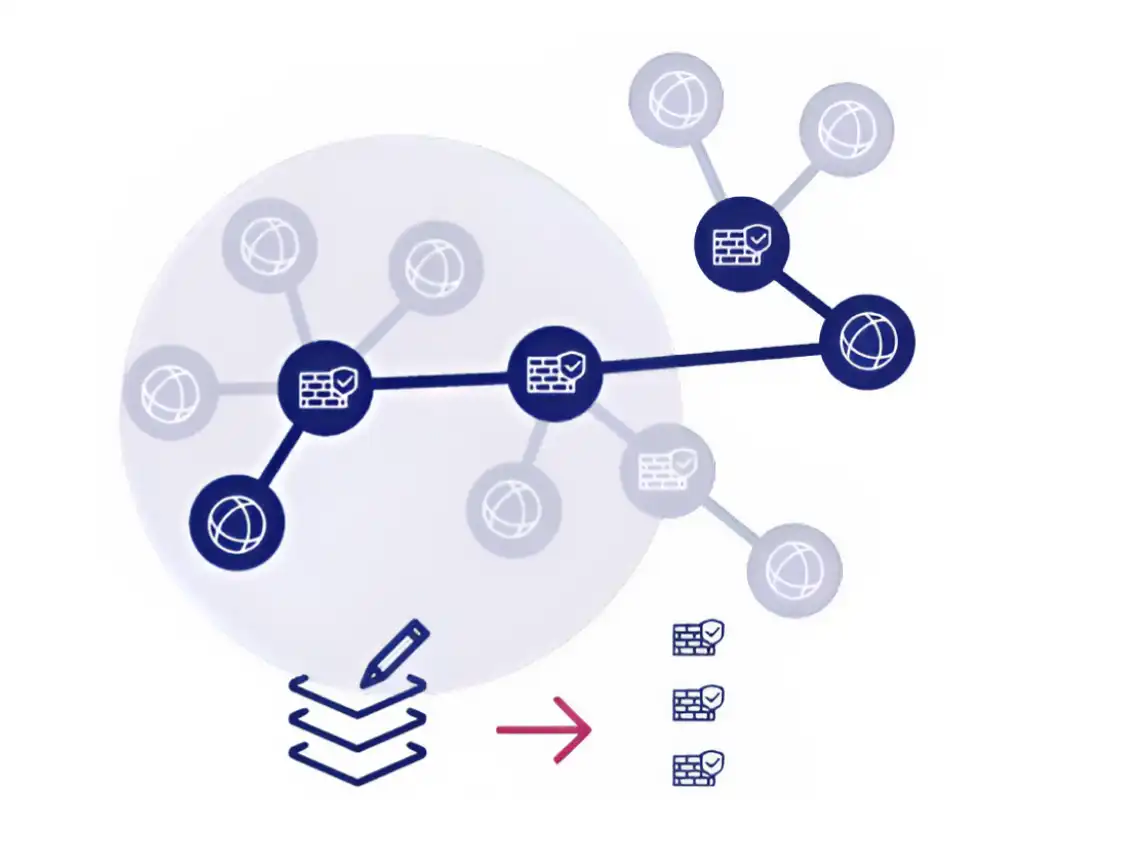What Is Network Security Monitoring?
Network security monitoring (NSM) is the process of continuously analyzing network data and traffic to identify and respond to potential security threats. Utilizing specialized monitoring software, organizations can detect anomalies, reduce risk, and prevent breaches. NSM encompasses the use of advanced security monitoring tools to provide visibility and maintain the integrity of IT systems.
Why Is Network Security Monitoring Important?
As organizations expand their digital footprints across on-premises, cloud, and hybrid environments, attack surfaces have expanded and opened new avenues for cyber threats. To combat these emerging threats, network security and monitoring are essential to:
- Proactively identify and respond to threats before they cause damage
- Maintain continuous compliance with regulatory and industry standards
- Protect critical assets from unauthorized access and security breaches
- Ensure business continuity by preventing disruptions due to incidents
Benefits of Network Security Monitoring
Implementing a robust network security monitoring solution brings a range of significant advantages, ensuring that your organization is following proper security hygiene and is well-protected against evolving cyber threats and operational challenges. These benefits include:
Real-Time Threat Detection and Response
FireMon’s solution continuously monitors network traffic, detecting and alerting on malicious activity as it occurs. This proactive approach ensures endpoint security is effectively aligned with broader network protections.
- Monitors traffic for malicious activity with instant alerting
- Utilizes analytics for enhanced accuracy in threat detection
- Reduces response times with automated threat mitigation actions
Increased Visibility Across Environments
FireMon delivers deep insights across on-premises, cloud, and hybrid networks, ensuring no corner of your environment is left unchecked. By addressing blind spots and vulnerabilities, it effectively closes security gaps while enabling centralized endpoint security management.
- Provides comprehensive insights into on-premises, cloud, and hybrid networks
- Asset discovery identifies blind spots and vulnerabilities within the infrastructure
- Allows for centralized monitoring of network activity through intuitive dashboards
- Enhanced Compliance and Reporting
FireMon simplifies compliance by automating checks and creating detailed, audit-ready reports. These capabilities help organizations meet critical regulatory standards while ensuring consistent enforcement of security policies throughout the network.
- Automates compliance checks and generates audit-ready reports
- Helps meet standards such as GDPR, PCI DSS, and other regulatory frameworks
- Ensures consistent enforcement of network security policies across the network
What to Look for in Network Security Monitoring Tools
When evaluating solutions, it’s important to prioritize tools that offer a combination of essential features to ensure comprehensive protection and ease of use. Look for solutions that provide the following key capabilities:
- Scalability to adapt to growing network needs
- Integration with existing security and IT infrastructure
- Advanced threat intelligence for proactive defense
- User-friendly interfaces for seamless operation
- Automation capabilities for effective incident response
How Does FireMon’s Network Security Software Work?
FireMon’s services are designed to provide comprehensive network protection by employing best-in-class tools and methodologies. Key capabilities include:
- Collecting and analyzing network traffic in real-time
- Utilizing machine learning to identify patterns indicative of potential threats
- Integrating with other security solutions to streamline response and improve coordination
- Supporting detailed reporting to facilitate compliance enforcement and internal audits
Network Security Monitoring Best Practices
To maximize the effectiveness of your cybersecurity monitoring strategy, it’s essential to follow proven best practices that enhance detection capabilities, streamline responses, and ensure continuous protection. Here are some key areas to consider:
| Best Practice | Benefits |
|---|---|
| Implement Layered Security | Combining multiple security measures creates a comprehensive defense strategy that protects against various types of attacks, reduces security gaps, and strengthens endpoint and network security. |
| Continuously Update and Patch Systems | Regularly updating and patching systems addresses known vulnerabilities, prevents exploitation by attackers, and ensures endpoint security tools and applications remain resilient to the latest threats. |
| Automate Where Possible | Automating security processes reduces the manual workload for IT teams, enhances efficiency, speeds up threat detection and response, and minimizes the chance of human error in addressing security gaps. |
| Train Staff Regularly | Providing ongoing security training ensures employees can identify and respond effectively to potential threats, reducing the risk of human vulnerabilities and strengthening your organization’s overall security posture. |
| Regularly Review Security Policies | Frequent policy reviews help adapt to evolving network architectures and threat landscapes, ensuring your security measures remain effective and aligned with the latest compliance and industry standards. |







